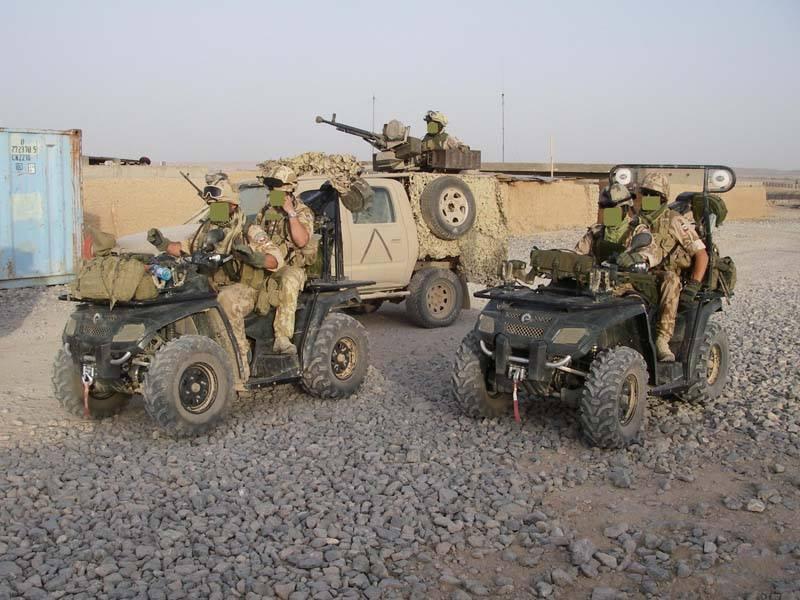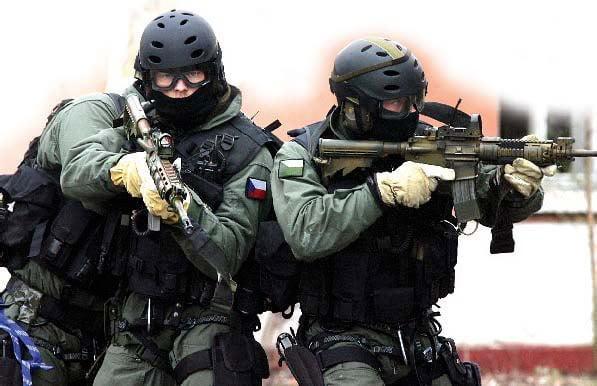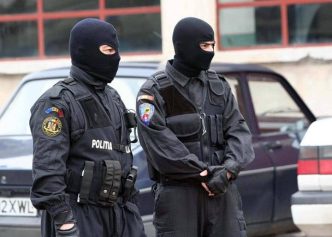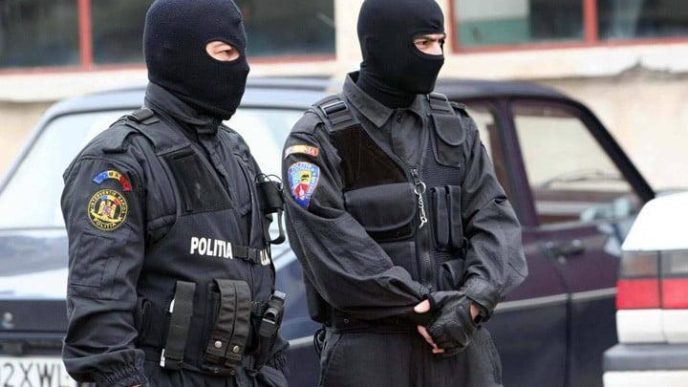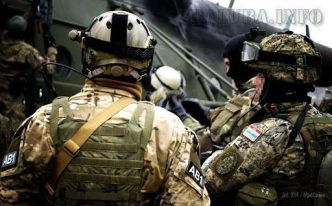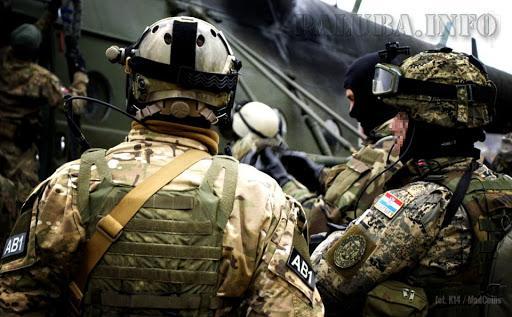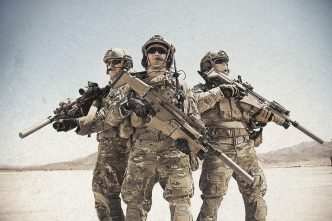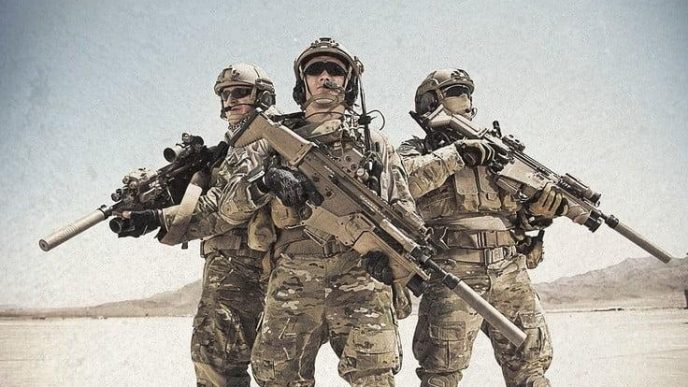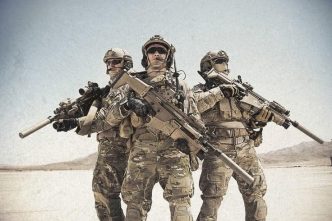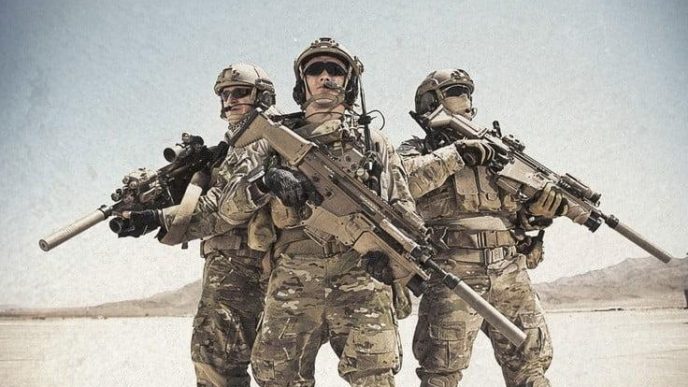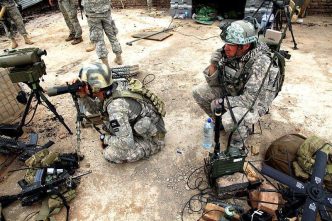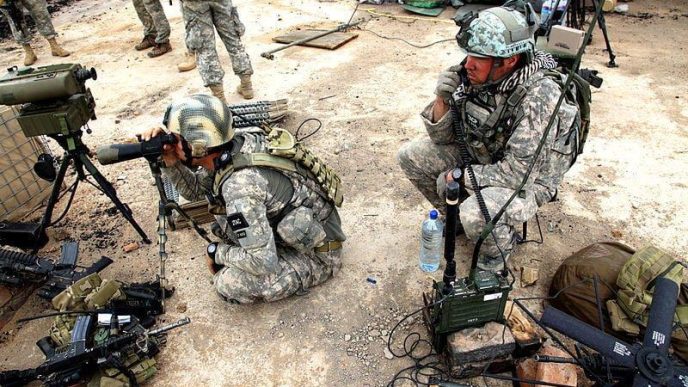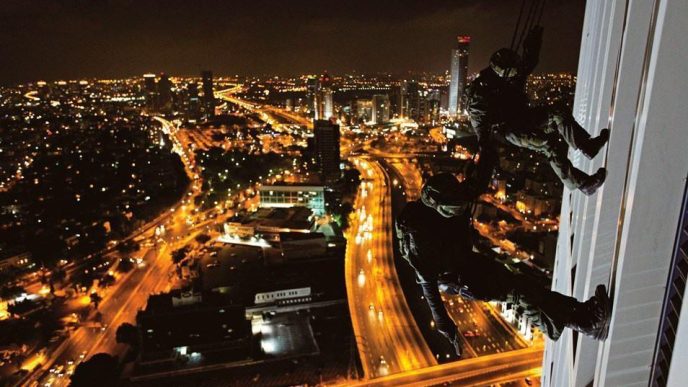The Special Operations Group (SOG) was part of the Military Police in the Czech Republic. The unit was designated as a special operations forces unit and was one of the youngest units in the Czech Special Forces, established in 2002. It was disbanded in June 2009 by a decree from the Minister of Defense.
Mission
The unit was designed to carry out missions beyond the capabilities of other departments of the Czech Military Police. This means they were tasked with resolving situations where other units were not properly trained or equipped.
Their responsibilities were closely related to every branch of the Czech Army, domestically and abroad. The Special Operations Group was responsible for the following tasks:
- Protection of important facilities and materials;
- VIP protection (especially high-profile individuals);
- Protection of civilian aircraft;
- Police protection and assistance for especially dangerous criminals;
- Action against terrorism and serious crime, especially in military facilities.
Operations
During its existence, the Special Operations Group took part in a significant number of actions within its jurisdiction. Some of them were publicly known, while others remained classified. They also participated in Czech operations in Iraq and Afghanistan as part of the International Coalition.
- In 2003, the Special Operations Group was deployed as a security detail for a field hospital in Iraq. They also protected the Czech Embassy in Kuwait and the Czech embassy in Baghdad, as well as being a part of the Military Police mission in the southern Iraqi city of Basra.
- In 2004, the British contingent in Iraq invited Czech Special Operations Group members to assist them in protecting British Prime Minister Tony Blair during his visit and his delegation.
- In 2005/2006, over one year, the Special Operations Group was tasked with protecting the brigade command center of KFOR in Kosovo. They were also working on gathering intelligence through human sources (HUMINT).
- In 2006, the Special Operations Group was deployed in Iraq and Afghanistan as part of the ISAF mission.
- In 2007, the Special Operations Group was deployed in the ISAF mission in Afghanistan (Helmand province). In 2008, they were deployed in the ISAF mission in Afghanistan (Logar province), where they conducted targeted operations to apprehend insurgents.
Organization
The Special Operations Group (SOG) was composed of two distinct divisions: the Department of Defense Protection and the Combat Operations Department. As time progressed, the focus of these departments evolved. To ensure that the SOG Operators were at the forefront of their field, they underwent extensive training to sharpen their skills and develop specialized expertise in sniping, diving, explosive handling, radio operations, marksmanship, medical care, driving, and more.
Equipment
Like other Special Operations Forces units in the Czech Republic, the Special Operations Group members were equipped with the latest and most advanced personal weapons and vehicles sourced from domestic and international markets. These included:
- Glock 17 (9mm)
- HK MP5 SD6 (9mm)
- Various modifications of the M4 rifle (5.56mm)
- Model 61 automatic pistol (7.65mm) – Scorpion
- Sako TRG-22 sniper rifle
- Winchester 1300 shotgun
- M203 grenade launcher.
Vehicles
- Toyota Hilux vehicle prepared for combat in the desert (used in Afghanistan);
- Iveco off-road vehicle
- underwater scooter
Training and selection
The Special Operations Group typically recruited operators already serving in the Czech Special Forces, thus bypassing the need for basic training. Instead, the focus of the SOG’s training program was to enhance and refine individual skills. This was followed by training in tactics and specialized techniques.
Daily, operators underwent extensive training in using various skills and practiced various martial arts. This training was designed to improve their overall proficiency and readiness for the missions they were tasked with.
